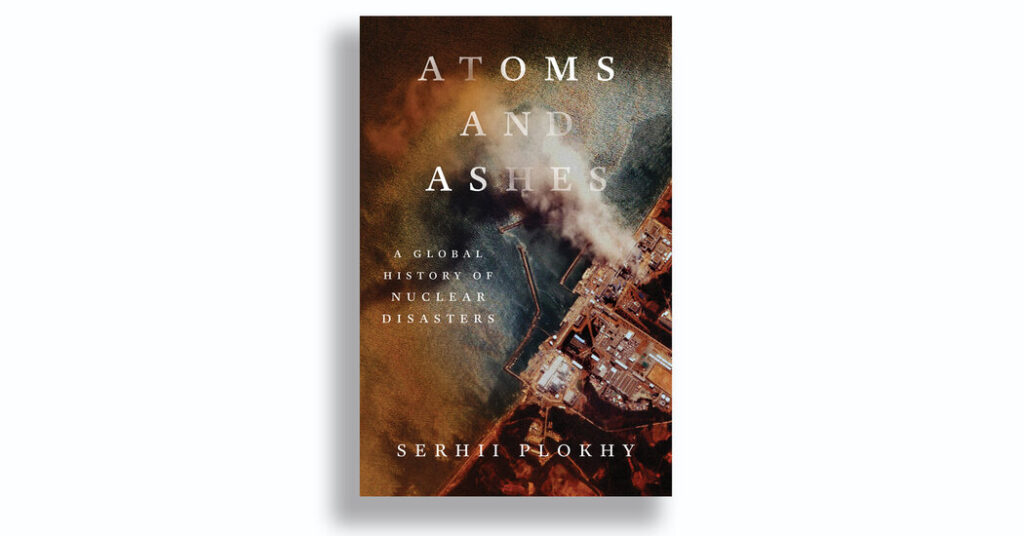
“Atoms and Ashes” recounts six accidents in detail, the first three connected to “atoms for war” (bomb-making) and the last three connected to “atoms for peace” (energy production). There’s the radioactive fallout after the Castle Bravo nuclear test of 1954, when the United States tested a hydrogen bomb at Bikini Atoll in the Marshall Islands; the explosion at Kyshtym, in 1957; the Windscale fire in Britain, also in 1957; the partial meltdown at Pennsylvania’s Three Mile Island, in 1979; the meltdown in Chernobyl, in 1986; and the Fukushima disaster in Japan, in 2011.
The global scope of such dire subject matter means that the experience of reading this book is a formidable exercise in cumulative disillusionment. By the time you get to the Soviets’ lies about the “Northern Lights,” you will have already read about how their American adversaries tried to cover up the extent of radioactive fallout after the Castle Bravo test in the Pacific — insisting that the skin lesions suffered by some unfortunate Japanese fishermen nearby was the result not of radiation but “vaporized coral.” (As Plokhy notes, this coral dust was itself radioactive.) In a subsequent chapter on Britain’s Windscale fire, you will learn how an official report detailing the full scale of the disaster was suppressed by the prime minister, Harold Macmillan, who “ordered the printers to destroy their type.”
Macmillan released his own interpretation of what happened at Windscale, when equipment problems and human error resulted in a raging reactor fire. He placed the blame squarely on the personnel, who felt enormously insulted, considering it was their skilled reaction that managed the fire and prevented an actual meltdown. (One of them recalls looking directly at the fire and thinking, “Oh dear, now we are in a pickle.”) Plokhy makes clear that human error certainly played a part — the reactor was “long overdue” for what is known as a periodic “annealing,” a process to release excess energy. But Windscale’s operators were responding to government pressure to produce more plutonium and tritium; it was also the government that pushed to build Windscale quickly and cheaply.
When Britain’s chief nuclear scientist, John Cockcroft, insisted that Windscale add some radiation filters during its construction, other officials gave only grudging approval, calling the filters “Cockcroft’s folly.” Those filters ended up trapping most of the radiation; without them, the lasting damage to the surrounding area would have been much worse. Plokhy adds that subsequent medical observation of the area suggested that the fire may not have been the only source of irradiation at Windscale. The pressure to produce more had also meant an increased risk of radiation leaks.
More than any spectacular explosion, radiation is the deadly stuff that lingers, both in actual fact and in the imagination. At Three Mile Island, technical malfunction combined with human error to generate a partial meltdown. Government officials worried that evacuating a 5-mile radius around the plant in an “excess of caution” would create runaway confusion and panic. As the governor of Pennsylvania put it, describing the terrors of fallout, “It is an event that people are not able to see, to hear, to taste, to smell.”
You may also like
-
Flex Space Domination Offers the Blueprint for Industrial Real Estate Success
-
Transforming the Reading Experience with BookNote.AI by WLTech.AI
-
Christian Cassarly: An Author’s Journey of Resilience, Inspiration, and Imagination
-
Unveiling the True Stories of Vietnam: An Interview with Doyle Glass, Author of “Swift Sword”
-
Breaking Barriers: Yuval Kanev’s ‘Helpless Earth: Reckless Science’ Provokes Urgent Dialogues on Technological Accountability

